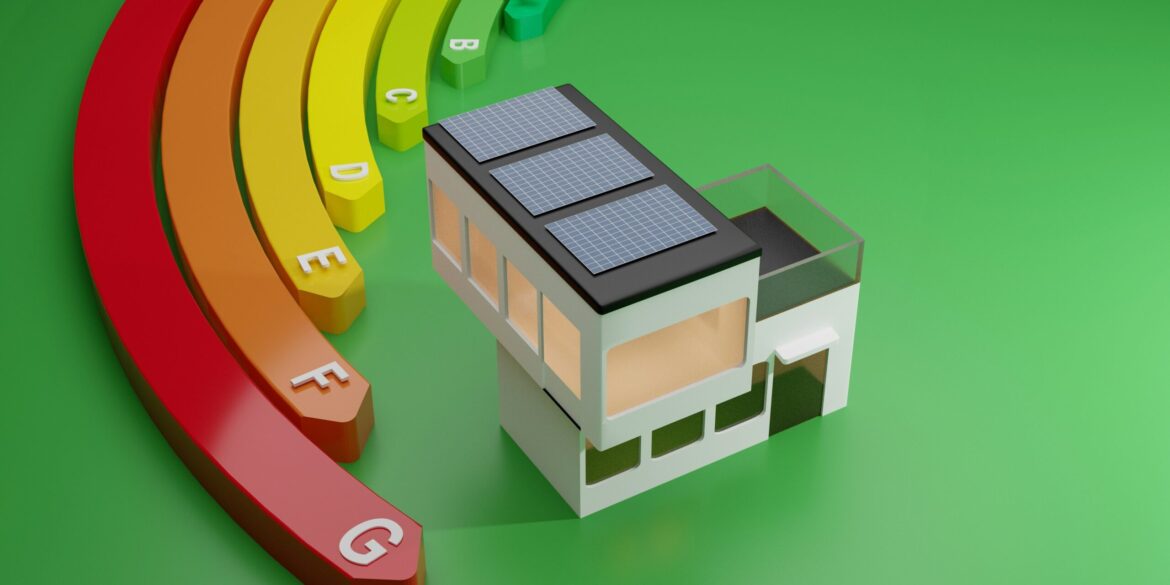As concerns about climate change intensify and energy costs continue to rise, American homebuyers are increasingly placing energy efficiency and sustainability at the forefront of their home purchasing decisions. According to a recent Zillow consumer survey conducted in early 2025, over 54% of prospective buyers actively seek homes featuring energy-efficient appliances, enhanced insulation, solar panels, or smart home energy management systems. This marked shift reflects a broader transformation in buyer preferences compared to just a decade ago, when energy efficiency was often a secondary consideration.
Rising Utility Costs and Environmental Awareness Drive Change
Multiple factors have converged to elevate energy efficiency as a critical factor for homebuyers. Foremost among these are rising utility costs, which have soared over the past few years due to increased demand, inflationary pressures, and shifts toward renewable energy sources that sometimes carry higher upfront costs. According to the U.S. Energy Information Administration, the average household electricity price increased by approximately 8% nationwide between 2022 and 2024, pushing homeowners to seek cost-saving measures.
Environmental awareness also plays a significant role. Public opinion polls by Pew Research Center have shown a steady increase in concern about climate change, particularly among younger generations entering the housing market. Many buyers now view owning an energy-efficient home as a way to reduce their carbon footprint, contributing to broader sustainability goals.
Lisa Chen, a residential realtor in California’s Bay Area, notes, “Energy efficiency has become a fundamental factor in buyer decision-making. Many of my clients prioritize homes that not only reduce their environmental impact but also provide tangible savings on their monthly utility bills.”
Builders and Developers Respond with Green Construction
Builders and developers across the country are responding swiftly to these changing demands. The National Association of Home Builders (NAHB) reports a sharp increase in new residential constructions designed to meet ENERGY STAR and LEED certification standards. In 2024 alone, certified green homes accounted for nearly 20% of new builds nationwide, up from just 8% a decade ago.
Large-scale residential developments now commonly integrate solar photovoltaic panels, advanced insulation materials, triple-pane windows, and smart thermostats as part of their standard offerings. In markets like Texas, Florida, and California, where energy costs and climate concerns are acute, these green features have become essential selling points.
For example, the Solara Community in Phoenix has built over 500 homes equipped with solar power systems and energy-efficient HVAC units, reducing energy consumption by an estimated 30% compared to conventional homes. This project is part of a larger statewide push for sustainable housing driven by the Arizona Energy Office.
Government Incentives Boost Adoption of Energy Efficiency
Government programs at the federal, state, and local levels have been pivotal in making energy-efficient homes more accessible. The U.S. Department of Energy (DOE) expanded tax credits and rebates for energy-efficient home improvements through the Inflation Reduction Act, significantly lowering the upfront cost barriers for buyers and homeowners.
Federal tax credits now cover up to 30% of the cost for solar panel installations, energy-efficient windows, and heat pumps. Meanwhile, state programs offer additional grants, low-interest loans, and financing options tailored to specific regions. California’s Self-Generation Incentive Program (SGIP), for instance, provides rebates for battery storage systems paired with solar installations, making green technologies financially viable for more households.
Energy Efficiency Commands a Market Premium
Real estate valuation professionals have observed that energy-efficient homes consistently command higher sale prices than conventional homes. Multiple studies, including those from Lawrence Berkeley National Laboratory and the Appraisal Institute, indicate a price premium of 5-10% for homes certified under energy-efficiency programs.
This premium reflects not only the anticipated cost savings on utility bills but also increasing buyer demand for sustainable features. Buyers recognize that energy-efficient homes may also provide greater comfort, better indoor air quality, and enhanced resilience against rising energy costs.
Retrofits and Home Performance Improvements on the Rise
Existing homeowners are also contributing to this green shift by investing in retrofits. According to the Residential Energy Consumption Survey (RECS), expenditures on energy audits and home performance improvements have surged in recent years.
Popular upgrades include window replacements, improved attic and wall insulation, and modern heating and cooling systems. Additionally, the installation of smart home technologies—such as programmable thermostats, energy monitoring systems, and automated lighting—has grown, enabling more efficient energy management.
Challenges Remain: Cost and Access to Professionals
Despite the enthusiasm for energy-efficient homes, challenges persist. The higher initial costs of green building materials and technologies can be prohibitive for some buyers, especially in lower-income brackets. Although government incentives help, affordability remains a key barrier.
Access to certified professionals and contractors also varies regionally. The U.S. Department of Energy notes that many areas, particularly rural regions, face shortages of qualified home energy raters and installers, which can delay or complicate projects.
Future Outlook: Energy Efficiency as a Baseline Expectation
Looking ahead, experts predict that energy efficiency will evolve from a differentiator to a baseline expectation in residential real estate. Building codes in many states are being updated to require higher efficiency standards. For example, California’s Title 24 regulations now mandate solar-ready roofs and stringent insulation requirements for new construction.
Consumer awareness and technological advances, such as improved battery storage and grid-interactive efficient buildings, will further propel adoption. As environmental concerns intensify globally and energy costs fluctuate, energy-efficient homes will increasingly define market competitiveness.

